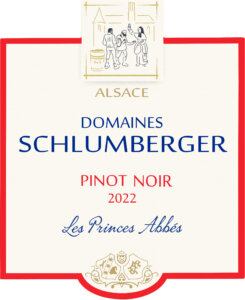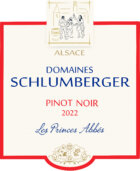History
It is undoubtedly the first pinot grape variety imported from Burgundy, no doubt because of the similarities in topography and climate between Burgundy and Alsace. This prestigious red grape variety was prominent in Alsace in the middle Ages, but then disappeared, except for certain places where red wine was still appreciated. It is becoming increasingly popular today because of its freshness
and fruitiness.
Location
80% comes from the limestone Bollenberg plot and 20% comes from the marllimestone Saering plot.
Wine-making
Its vinification occurs during a maceration of two weeks. Its growth in traditional tuns for 10 months allows adding a more full-bodied and more complex structure to its typical fruitiness
Gastronomy
Don’t hesitate to pair it with a Corsican lonzu, with eggs in meurette or with a peppered veal roast with red fruits…
Serving temperature 16°.
This wine goes well with
Learn more about food & wine pairingTasting
The color is ruby red with purple reflections, of beautiful intensity. The disc is bright, limpid and transparent. The wine presents a dazzling youth.
The nose is frank, pleasant, racy. Subtle, we sense a dominant scent of red fruits,cherry and cocoa. Aeration amplifies these odors and reveals fine touches of blackcurrant, raspberry, flowers, peony and spices. The nose, still a little reserved, reveals a pure expression of this great grape variety. Perfect regarding the maturity of the grapes, time will allow it to assert itself.
The attack on the palate is slender, the alcohol support balanced. We evolve on a lively environment, marked by sparkling. The range of aromas is reminiscent of the nose, always dominated by blackcurrant, cherry, raspberry, cocoa, flowers, peony and spices. The tannic structure presents a good firmness.
The finish is medium, 7-8 caudalies, lively and slightly astringent. The balance is digestible, easy, magnified by a quality of noble aromas. The hint of tannin will
allow it to evolve favorably.
Great success.














